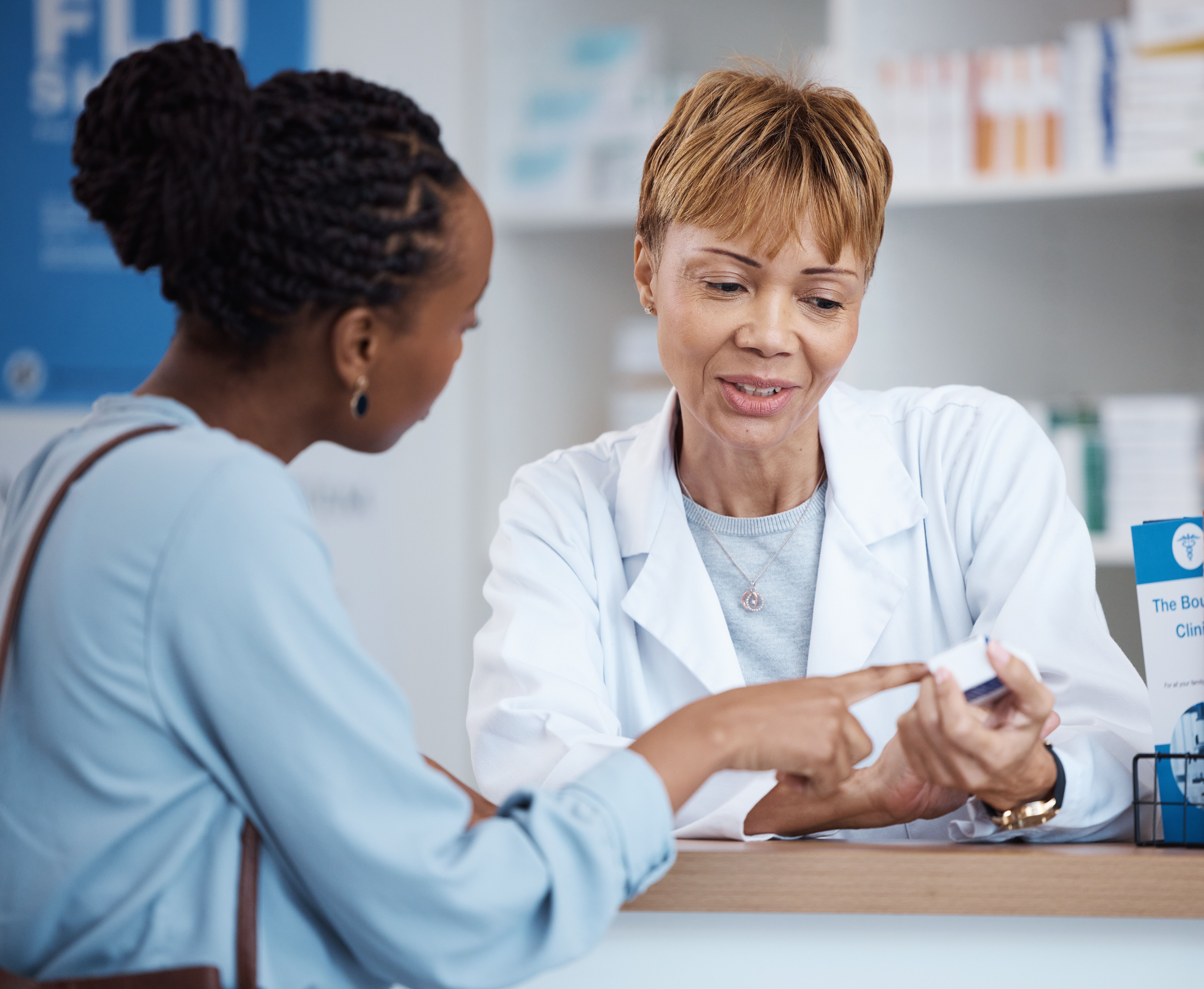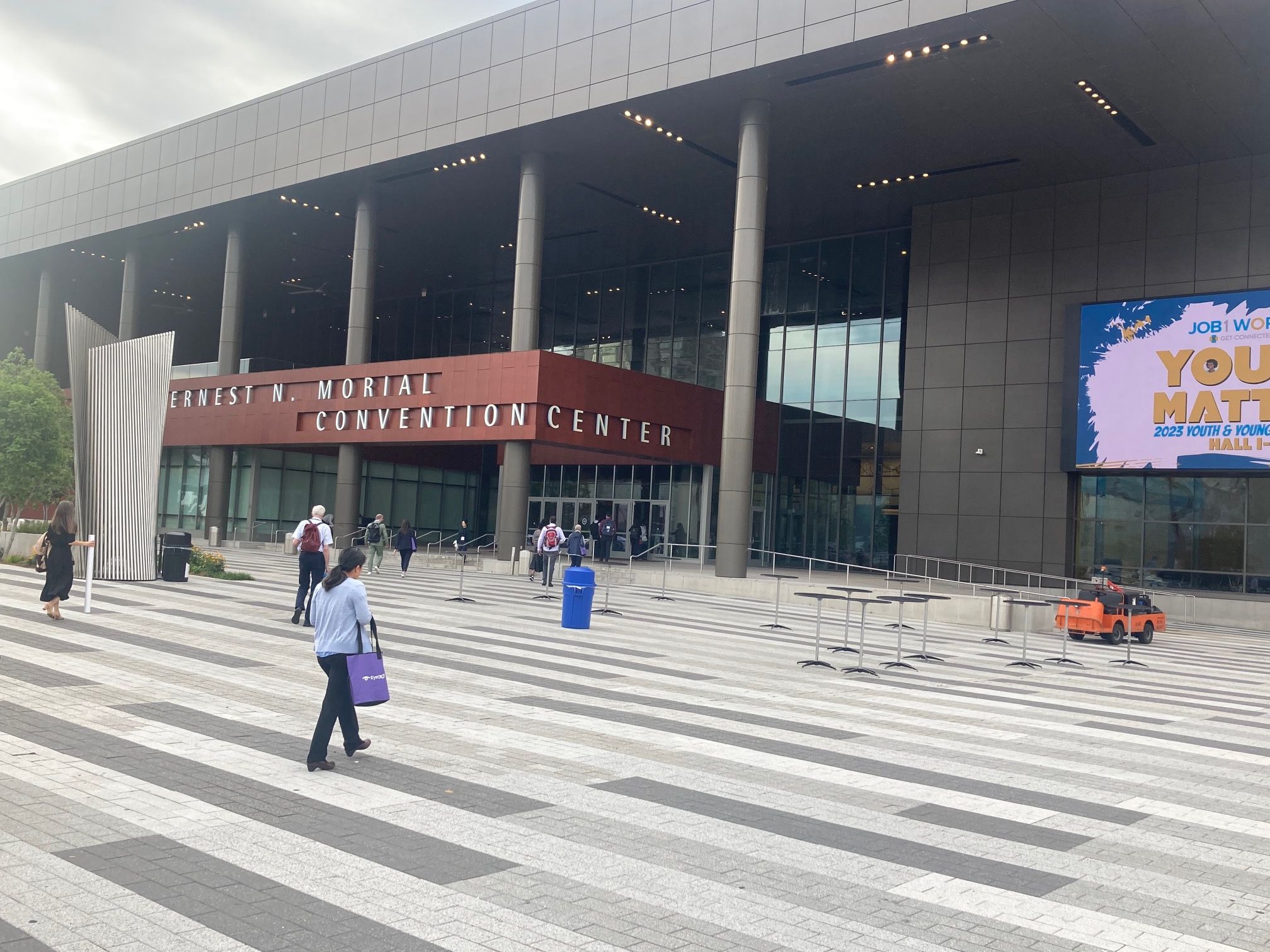Article
Clearside Biomedical announces positive safety results from Phase 1/2a OASIS clinical trial
Author(s):
According to the company, a suprachoroidal injection of CLS-AX 0.1 mg dose was well-tolerated in cohort 2 with no treatment related adverse events, while the consistent safety profile observed in in cohorts 1 and 2 supports advancement to cohort 3.

Clearside Biomedical Inc. today announced positive safety results from OASIS, its ongoing Phase 1/2a clinical trial of CLS-AX (axitinib injectable suspension) administered by suprachoroidal injection via Clearside’s SCS Microinjector.
OASIS is evaluating CLS-AX for the treatment of neovascular age-related macular degeneration (wet AMD).
According to the company, data reported includes results from Cohort 2 as well as combined data from Cohorts 1 and 2. The primary endpoints were achieved in Cohort 2 (n = 5), as the 0.1 mg dose of CLS-AX was well tolerated with no serious adverse events; there were no treatment emergent adverse events related to aflibercept, CLS-AX or the suprachoroidal injection procedure; and there was no dispersion of drug into the vitreous.
In addition, the company noted that there were no adverse events related to intraocular pressure (IOP), inflammation, or vasculitis. The OASIS Safety Monitoring Committee has reviewed the data and approved advancing to Cohort 3 with a dose of 0.5 mg of CLS-AX.
According to Thomas A. Ciulla, MD, MBA, Clearside’s chief medical officer and chief development officer, the OASIS trial continues to demonstrate positive safety results as the company escalates the dose.
“Given that this trial represents the first time a tyrosine kinase inhibitor has been injected suprachoroidally in humans, we started OASIS with low dose levels to establish a foundation for safety,” he said in a statement. “We believe the absence of any dose limiting toxicities in the first two cohorts of the OASIS trial, combined with our pre-clinical toxicology data, supports our plan to escalate to the higher CLS-AX dose of 0.5 mg in Cohort 3 rather than the previous 0.3 mg dose.”
Ciulla also noted that the company has initiated patient screening for Cohort 3, with target completion of this cohort planned for mid-year 2022.
“We look forward to gathering more data on the potential benefits of combining targeted and compartmentalized suprachoroidal delivery with the broad pan-VEGF attributes of axitinib for patients suffering from wet AMD,” he said.
Data Summary
In Cohort 2, five patients were enrolled with an average age of 78 years. All patients were anti-VEGF treatment-experienced, having undergone numerous injections of standard-of-care anti-VEGF treatments prior to entering the OASIS trial. The mean number of anti-VEGF treatments prior to the start of the trial was 9.2 injections within 12 months and 21.6 injections within 3 years.
In Cohort 2, at three months post CLS-AX dose, one patient did not require any retreatment and one other patient was retreated per protocol defined retreatment criteria. Two patients were retreated at month two and one patient was retreated at month one, although based on independent reading center assessment, the protocol defined retreatment criteria were not met in these three patients.
In the combined Cohorts 1 and 2, eleven patients were enrolled with an average age of 80 years. The mean number of anti-VEGF treatments prior to the start of the trial was 9.1 injections within twelve months and 22.1 injections within 3 years. In the combined cohorts: four patients (36% of the total) went at least three months post CLS-AX dosing without retreatment; six patients (55% of the total) went two months without retreatment; and one patient (9% of the total) was retreated at one month. The mean best corrected visual acuity (BCVA) score as measured by Early Treatment Diabetic Retinopathy Study (ETDRS) letters and the mean change in central subfield thickness (CST) of the macula were stable in the combined first two cohorts of the OASIS study.
Mark R. Barakat, MD, director of research at Retinal Consultants of Arizona, clinical assistant professor, University of Arizona College of Medicine in Phoenix, and an investigator in the OASIS clinical trial, noted that the suprachoroidal injection procedure has been easy to perform, reliable and well tolerated by patients during this study.
“The consistent safety data from Cohorts 1 and 2 support escalation to higher dosing, which we anticipate will provide further insights related to safety, visual acuity, ocular anatomy and durability,” he said in a statement.
OASIS Phase 1/2a Clinical Trial Design
OASIS is an open-label, dose-escalation Phase 1/2a trial in wet AMD patients to assess the safety and tolerability of a single dose of CLS-AX administered by suprachoroidal injection via Clearside’s SCS Microinjector. Eligible patients are those who demonstrate stable visual acuity following two or more previous injections with an intravitreal anti-VEGF agent. All enrolled patients undergo diagnostic imaging on screening, followed by masked reading center confirmation of persistent active disease.
Enrolled patients initially receive aflibercept at the first visit followed by a single dose of CLS-AX at the second visit one month later. The primary endpoint for the trial will assess the safety and tolerability of CLS-AX for the three months following the administration of CLS-AX, and secondary endpoints will evaluate the pharmacokinetics, visual function, ocular anatomy, and the need for additional treatment with intravitreal aflibercept during the three-month period.
The study design includes 3 cohorts of approximately 5 patients each (n=15). Cohorts 1 and 2 are complete. Cohort 1 and Cohort 2 participants received 0.03 mg and 0.1 mg of axitinib, respectively. Cohort 3 is currently enrolling participants for a planned dose of 0.5 mg of axitinib delivered via suprachoroidal injection. There is also a three-month extension study to follow patients in Cohorts 2 and 3. Additional information on the Phase 1/2a trial can be found on https://clinicaltrials.gov (NCT04626128).
CLS-AX (axitinib injectable suspension) is a proprietary suspension of axitinib for suprachoroidal injection. Axitinib is a tyrosine kinase inhibitor (TKI) currently approved to treat renal cell cancer that achieves pan-VEGF blockade, directly inhibiting VEGF receptors-1, -2, and -3 with high potency and specificity.
According to the company, it believes this broad VEGF blockade may have efficacy advantages over existing retinal therapies by acting at a different level of the angiogenesis cascade, and may benefit patients who sub-optimally respond to current, more narrowly focused anti-VEGF therapies. Suprachoroidal injection of this proprietary suspension of axitinib has demonstrated meaningful potential in preclinical studies in multiple species.
Preclinical results from Clearside and independent investigators have shown pharmacodynamic effects with reduced growth of experimental neovascularization and decreased fluorescein leakage. With suprachoroidal administration of axitinib, there is the potential to achieve prolonged duration and targeted delivery to affected tissue layers. Clearside is developing CLS-AX as a long-acting therapy for the treatment of wet AMD.
Newsletter
Don’t miss out—get Ophthalmology Times updates on the latest clinical advancements and expert interviews, straight to your inbox.





